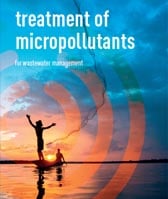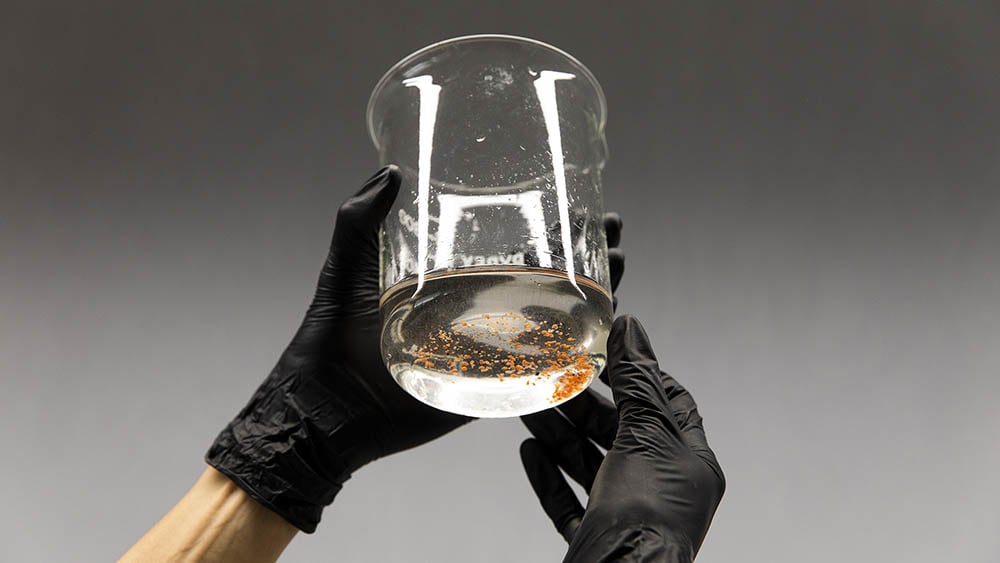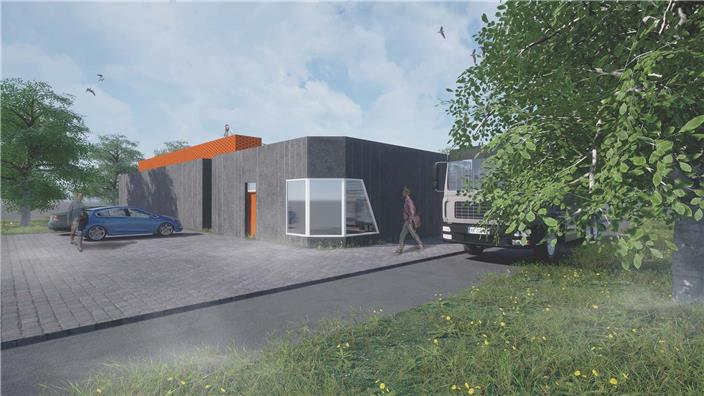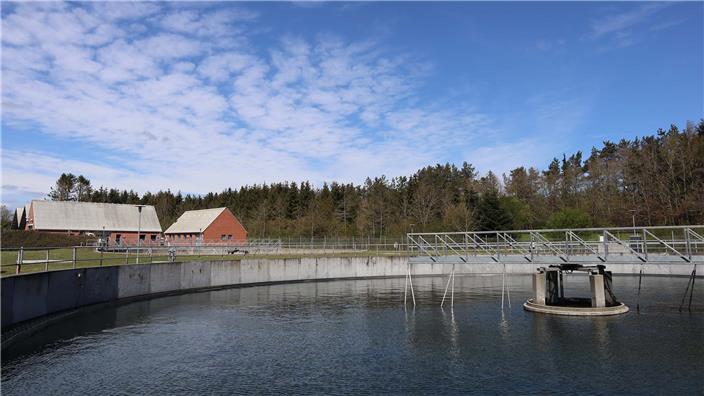Micropollutants in water and wastewater
The progress in testing water quality highlights the presence of micropollutants in water which are having direct and indirect potentially chronic effects on water ecosystems. Especially municipal wastewater contains a wide range of micropollutants including pharmaceuticals and microplastiques that should be removed prior to discharge to the receiving water bodies.
Typical wastewater treatment plants based biological treatment will ensure some removal of micropollutants but are as such not designed for this. SUEZ however, anticipated increasing concerns about micropollutants and developed several treatment solutions to combat the issue.
Micropollutants: what is it ? - SUEZ
Credit: SUEZ group

Brochure Micropollutants anticipating future challenges

Brochure Micropollutants treatment
Different methods and treatment solutions to remove micropollutants from wastewater
The choice of treatment technology depends upon micropollutants and molecules to be removed, the objectives sought and investments costs as well as costs of operations.
Dedicated solutions to tertiary filtration treatments:
- Aquazur™ V – based on open sand filter
- Compakblue™ – immerse disc filter
- Ultrablue™ – ultrafiltration membranes
- Ultrafor™ and Ultragreen™ – membrane bioreactor (MBR)
Dedicated solutions to refining treatments:
- Ozonation
- Pulsagreen™ – lamellar clarifier using a powdered activated carbon (PAC) pulsed blanket
- Granular Activated Carbon filtration (GAC)
SUEZ has over the past 15 years been developing a range of solutions dedicated to micropollutant removal referred to as the Oxyblue™ range.
The Oxyblue™ solutions are based on ozonation to be implemented on existing plant either as an add-on (tertiary treatment) or integrated solution.
>> Discover our case in Brædstrup and in Aalborg
Contact our expert



